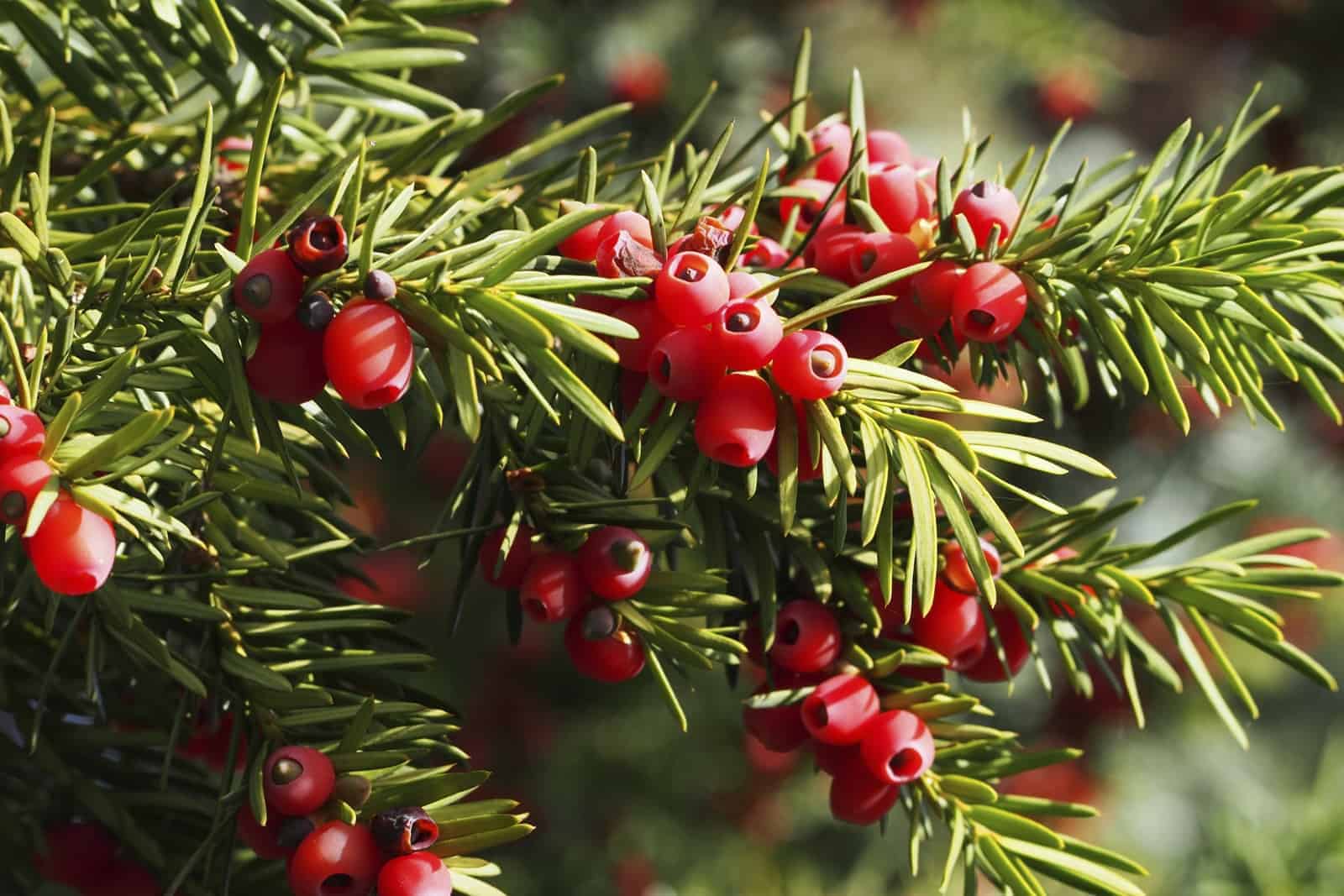Cardiotoxins in Horses

Ionophores (e.g. monensin and lasalocid) are common feed additives and supplements intended for cattle, pigs, or chickens. Exposure occurs when horses have access to concentrated mineral premixes containing ionophores formulated for cattle or through a feed-mixing error. Acute ionophore intoxication causes anorexia, muscle tremors, rapid heart rate, and respiratory distress due to heart failure. Chronic exposure results in unthriftiness, poor performance, exercise intolerance, rapid breathing, and sudden death from cardiac damage.
Blister beetles can be found in alfalfa hay and are toxic to horses because they contain a highly irritating substance called cantharidin. Small amounts of cantharidin cause irritation to the gastrointestinal and urinary tracts. Moderate amounts cause cardiac muscle damage, low blood calcium concentrations, and synchronous diaphragmatic flutter (“thumps”). Large amounts cause shock and death within hours.
Taxus is a common cause of poisoning of horses in Central Kentucky. Taxus, or yew, is a popular evergreen ornamental shrub. Almost all parts of the plant, including the seeds, contain highly toxic compounds called taxines. In the winter, the concentration of taxines is at its highest within the plant. Even a small amount of plant material can cause rapid heart failure. Because taxines act so quickly, horses ingesting yew are often found dead without signs. When present, signs include weakness, incoordination, slow heart rate, and difficulty breathing
Create a free account with TheHorse.com to view this content.
TheHorse.com is home to thousands of free articles about horse health care. In order to access some of our exclusive free content, you must be signed into TheHorse.com.
Start your free account today!
Already have an account?
and continue reading.
Written by:
Equine Disease Quarterly
Related Articles
Stay on top of the most recent Horse Health news with












